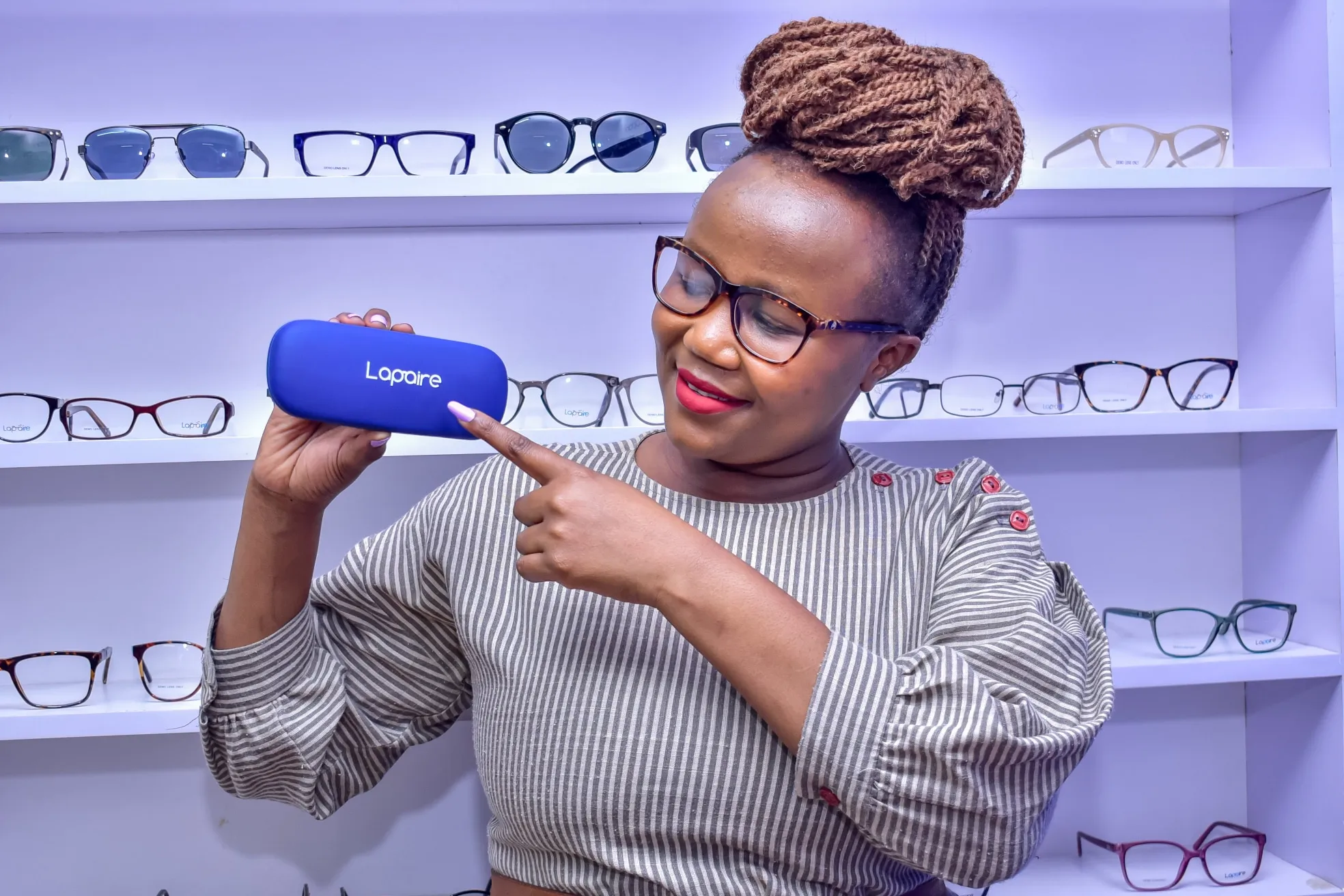Beginning in the early to mid-40s, many adults may start to have problems seeing clearly at close distances, especially when reading and working on the computer.
This is among the most common problems adults develop between ages 41 to 60. This normal change in the eyes’ focusing ability, called presbyopia, will continue to progress over time.

How age-related vision changes Occurs
Just like your body, your eyes and vision change over time. While not everyone will experience the same symptoms, the following are common age-related vision changes:
- Need for more light. As you age, you need more light to see as well as you used to. Brighter lights in your work area or next to your reading chair will help make reading and other close-up tasks easier.
- Difficulty reading and doing close work. Printed materials can become less clear, in part because the lens in your eye becomes less flexible over time. This makes it harder for your eyes to focus on near objects than when you were younger.
- Problems with a glare. When driving, you may notice additional glare from headlights at night or sun reflecting off windshields or pavement during the day. Changes in your
lenses in your eyes cause light entering the eye to be scattered rather than focused precisely on the retina. This creates more glare.
- Changes in color perception. The normally clear lens located inside your eye may start to discolor. This makes it harder to see and distinguish between certain color shades.
- Reduced tear production. With age, the tear glands in your eyes will produce fewer tears. This is particularly true for women experiencing hormone changes. As a result, your eyes may feel dry and irritated. Having an adequate amount of tears is essential for keeping your eyes healthy and for maintaining clear sight.
Diana Langa’t an optometrist at Lapaire Kenya says that as you age, it is normal to notice changes in your vision. A few common changes for older adults include:
- Losing the ability to see up close
- Having trouble distinguishing colors, such as blue from black
- Needing more time to adjust to changing levels of light
These problems are often easily corrected. Glasses may help and enable you to maintain your lifestyle and independence. Your risk for some eye diseases and conditions increases as you grow older, and some eye changes are more serious. Keep your eyes as healthy as possible by getting regular eye exams so any

problems can be spotted early. Lapaire, the Panafrican Eyewear Brand, is set to launch a one month campaign on all Progressive glasses starting from June 1st to June 30th. Roseline Kilonzo, Lapaire’s Expansion Manager East Africa commented that “Most age related eye conditions can actually be managed with regular eye check ups.
However, this is not to say that we should only start these check ups once we are of a certain age. The earlier we
start our eye care journey the better. With this campaign, we aim to educate the masses on how to take care of their eyes as they age as well as how to offer proper eye care to the elderly people in our care. Information is power, the more we educate ourselves, the more we reduce the blindness statistics among the elderly.“
What are Progressive lenses?
If you’re over age 40 and struggling to see small print with your current glasses, you probably need multifocal lenses. No worries that doesn’t mean you have to wear ugly bifocals or trifocals. For most people, line-free progressive lenses are a much better option.
A progressive lens is an amazing piece of engineering, allowing multiple vision fields to be
incorporated into a single lens without any clear distinction between the fields themselves. The power in the lenses “progressively” changes from far-to intermediate to your full reading power.

This is why progressive lenses are often referred to as “no-line” bifocals or trifocals. As we age naturally, our ability to see nearby objects and objects
in the distance can decrease. Progressive lenses address separate visual needs in one lens usually with a “distance viewing” field built into the upper portion of the lens and a “near vision” field built into the lower portion. Rather than a line separating these areas, they are “blended” together, often with the middle portion of the lens serving as intermediate vision correction when necessary.
Unlike traditional bifocals or trifocals, there are no visible lines separating the different fields of a progressive lens. Your eyes are seen clearly behind the progressive eyeglasses, you’ve got the same “look” as eyeglass wearers often half your age, and there are no “lens lines” to distract your vision.

Lapaire is a pan-African eyewear brand revolutionizing access to eyecare in Africa by giving everyone the chance to see well without breaking the bank. Lapaire takes care of people’s eyesights in 7 Countries across Africa that includes : Uganda, Kenya, Ivory Coast, Togo, Mali, Benin and Burkina faso.


